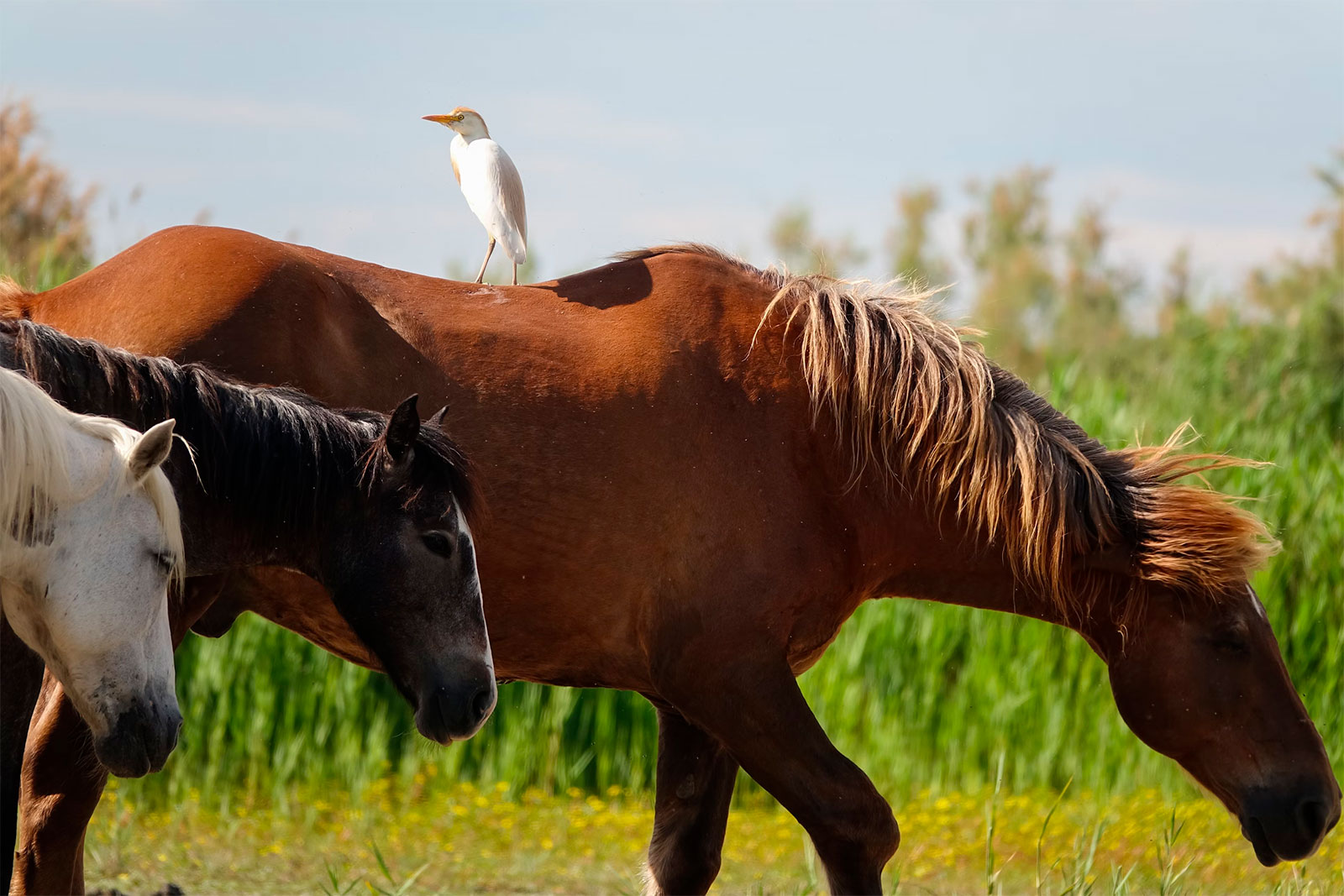Explore how to go horseback riding on the beaches of the Camargue, a region known for white horses, bulls, salt marshes and wild Mediterranean nature.
Horse riding in the Camargue, a tradition shaped by land and sea
Horse riding in the Camargue offers a precise and immersive experience for those seeking direct contact with nature and regional culture. Situated in southern France, this delta region between the two arms of the Rhône River and the Mediterranean Sea provides one of the rare European terrains where horses live semi-wild in the wetlands and can be ridden along open seashores. The area is particularly known for its white Camargue horses, its traditional bull breeding, and its marshlands where flamingos nest in the thousands. It’s a location where riding is not a hobby imported from urban tourism, but a core part of the land’s identity. Understanding how to organize a horse riding excursion in the Camargue means more than looking up a booking site. It involves selecting reliable centers, identifying the safest and most scenic trails, and respecting both the ecology and working customs of a living region. This article outlines the practical conditions for horseback riding in the Camargue, focusing on beach rides, local breeds, and the natural environment that shapes this experience.
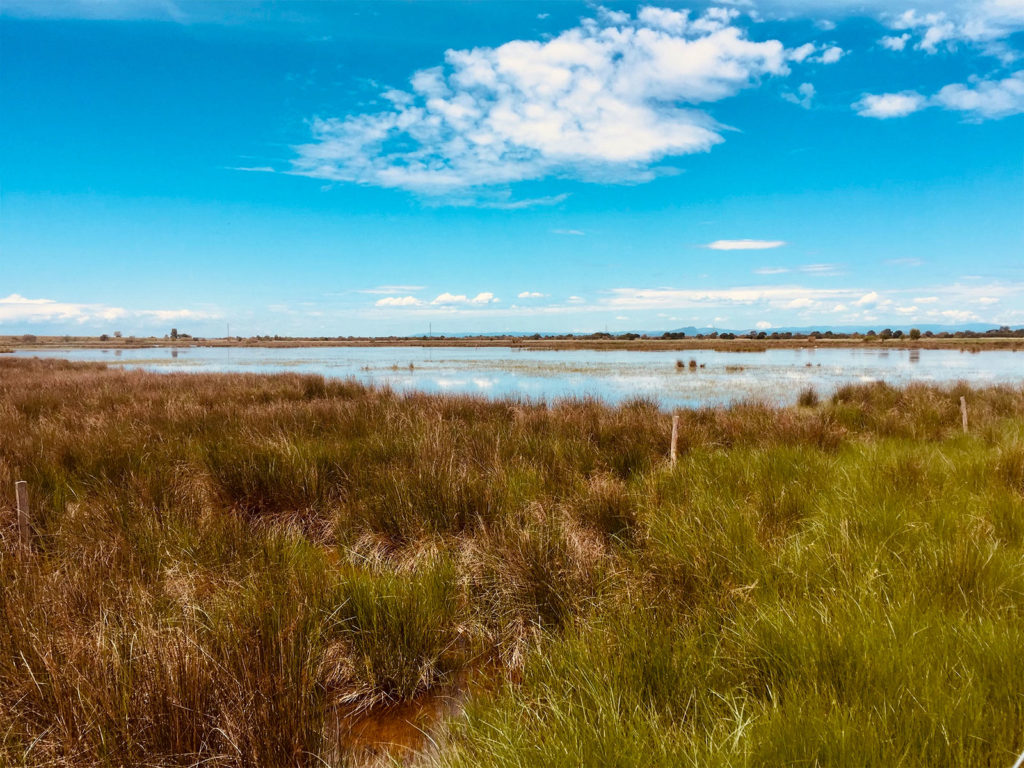
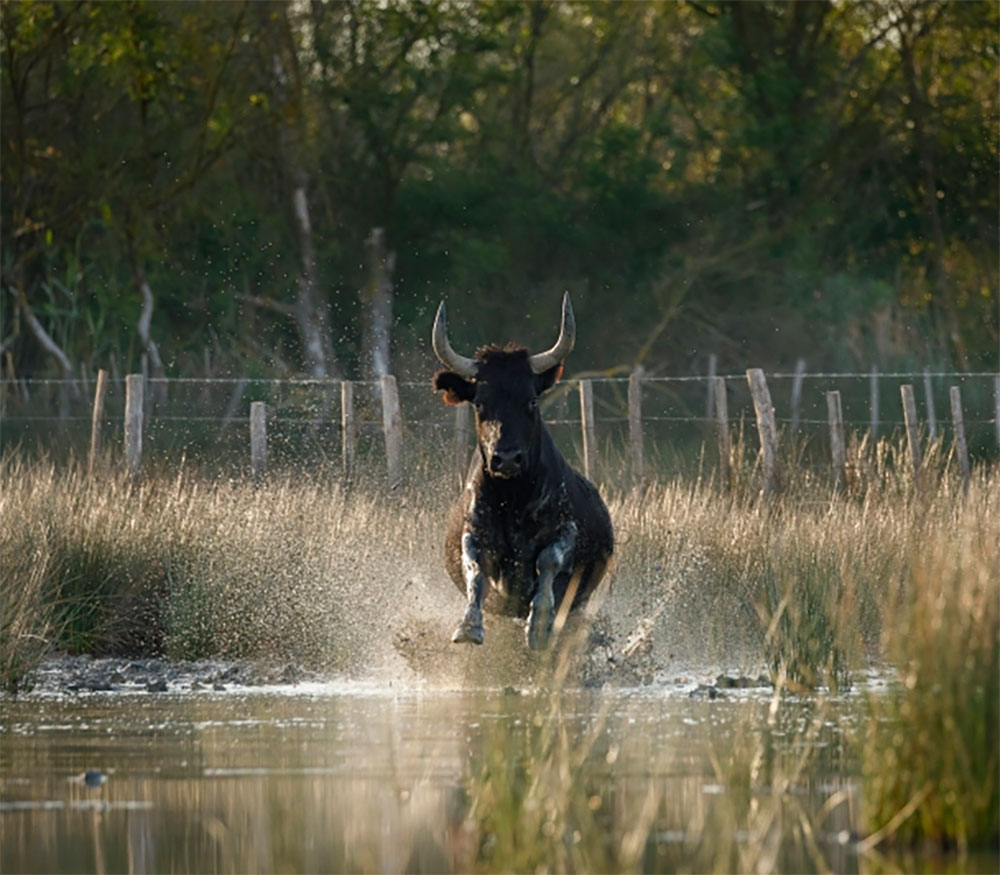
The landscape of the Camargue and its influence on riding routes
The Camargue covers over 85,000 hectares of protected lands, most of it part of the Parc naturel régional de Camargue. Located between Arles and the Mediterranean Sea, the terrain is largely flat but varies considerably in surface and function: salt marshes, freshwater ponds, reed beds, sand dunes, and open beaches follow one another in short succession. The soil is often soft, waterlogged, and unpredictable, which makes traditional horseback riding trails difficult to mark or maintain in the usual sense.
For this reason, beach riding is often favored by visitors, especially near Saintes-Maries-de-la-Mer, the small coastal town known as the unofficial capital of the Camargue. The beaches to the east and west of the town offer long, firm stretches of sand at low tide, allowing horses to walk or gallop safely over distances of 3 to 8 km, depending on the weather and the season. Most authorized rides take place early in the morning or late afternoon to avoid intense sun exposure and minimize impact on local fauna.
Access to certain zones is regulated to preserve nesting bird species such as flamingos, terns, and avocets. Guides from reputable centers often adapt their routes according to seasonal conditions. Some areas near the Étang de Vaccarès, the largest brackish lagoon in the region, are off-limits during certain periods of the year.
In terms of temperature, expect average summer highs around 29°C and winter lows of 4°C, with high humidity levels due to evaporation from salt flats. Mosquitoes are a frequent presence in warm months, so protective clothing is essential, even during rides.


The Camargue horse: an animal bred for resilience and water
The Camargue horse, officially recognized as a breed since 1978, is not the product of artificial selection or sport breeding. Its traits – small size (135–150 cm at the withers), short legs, powerful hooves, and high endurance – are the results of centuries living in flooded plains. Horses are born dark and slowly turn white with age, a physical process tied to pigment loss that can take four to five years.
Local breeders, called manadiers, raise these horses in open grazing herds called manades. Many horses spend most of their lives outdoors, including winters, which results in animals accustomed to rough conditions and irregular terrain. For riding centers, this translates into mounts that are sure-footed, calm, and highly obedient, even in unfamiliar environments such as beach surf or reed-covered wetlands.
Most beach rides rely on geldings between 6 and 15 years old, typically trained using voice commands, seat pressure, and group movement. The horses are rarely shod, as their hooves are strong and designed for marshy land. For riders, this means a smoother interaction with the animal and a more stable ride even on shifting sands or damp riverbanks.
Riders under 12 years old are usually limited to shorter guided tours, rarely exceeding 60 minutes, and must be accompanied by an adult. The weight limit is generally set between 90 and 100 kg, depending on the center.
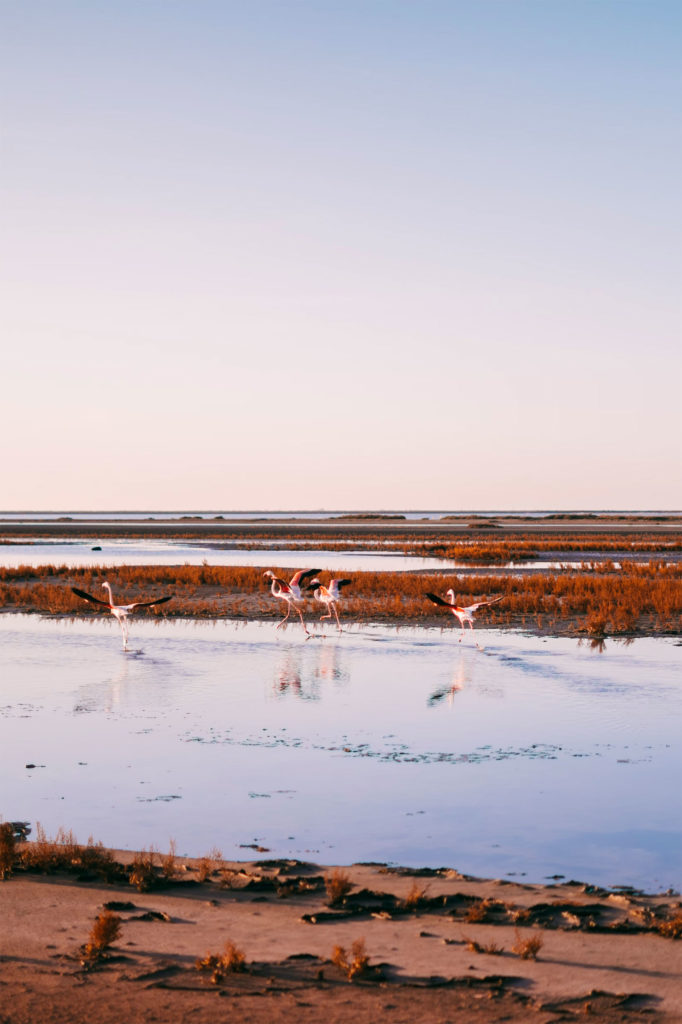
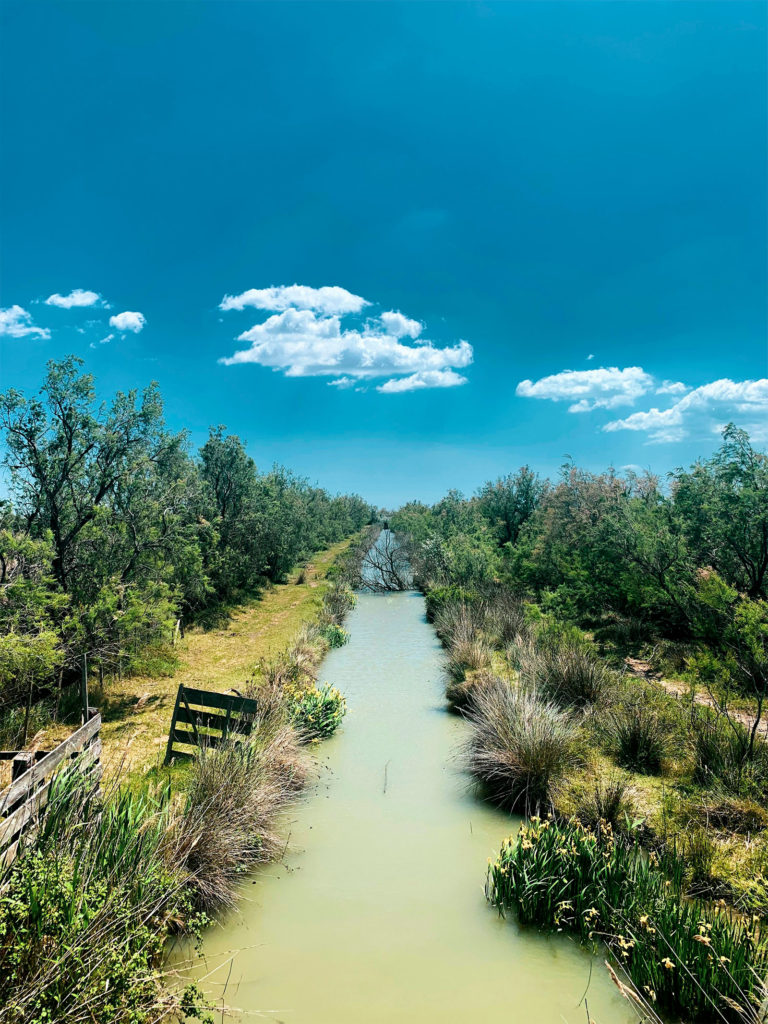
Organizing a beach ride: duration, prices, and practical conditions
Most horse riding centers in the Camargue operate from April to October, with peak activity in July and August. Booking a beach ride in advance is strongly advised during high season. Reputable centers include Les Arnelles, Le Palomino, and L’Écurie de l’Auberge Cavalière. Each of these stables employs certified guides and uses local Camargue horses trained for group tourism.
There are generally three main formats for beach rides:
- 1-hour discovery rides through flat terrain or reed marshes
- 2-hour excursions including a beach segment
- Half-day rides combining beach, salt plains, and birdwatching areas
Prices range between €35 and €90 per person, depending on the season and duration. A 2-hour beach ride usually costs €60–€70. Helmets are provided, and insurance is included in the fee. Most centers do not accept last-minute bookings, especially for beach routes that require tide coordination.
Clothing is strictly regulated: long trousers, closed-toe shoes, and sun protection (hat or neck buff) are mandatory. Some centers request riders to arrive 30 minutes early to match horses and review basic handling instructions. The rides are generally conducted in groups of 6 to 10 people, accompanied by 1 or 2 guides depending on group composition.
Important detail: access to the Plage de Piémanson and Beauduc is sometimes restricted due to environmental policies. Always confirm access conditions with the riding center.
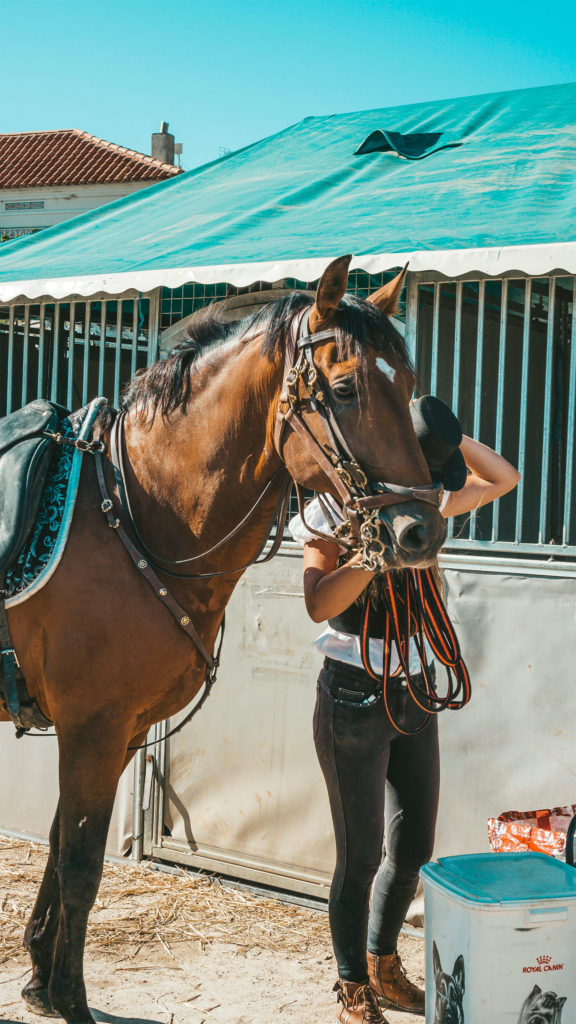
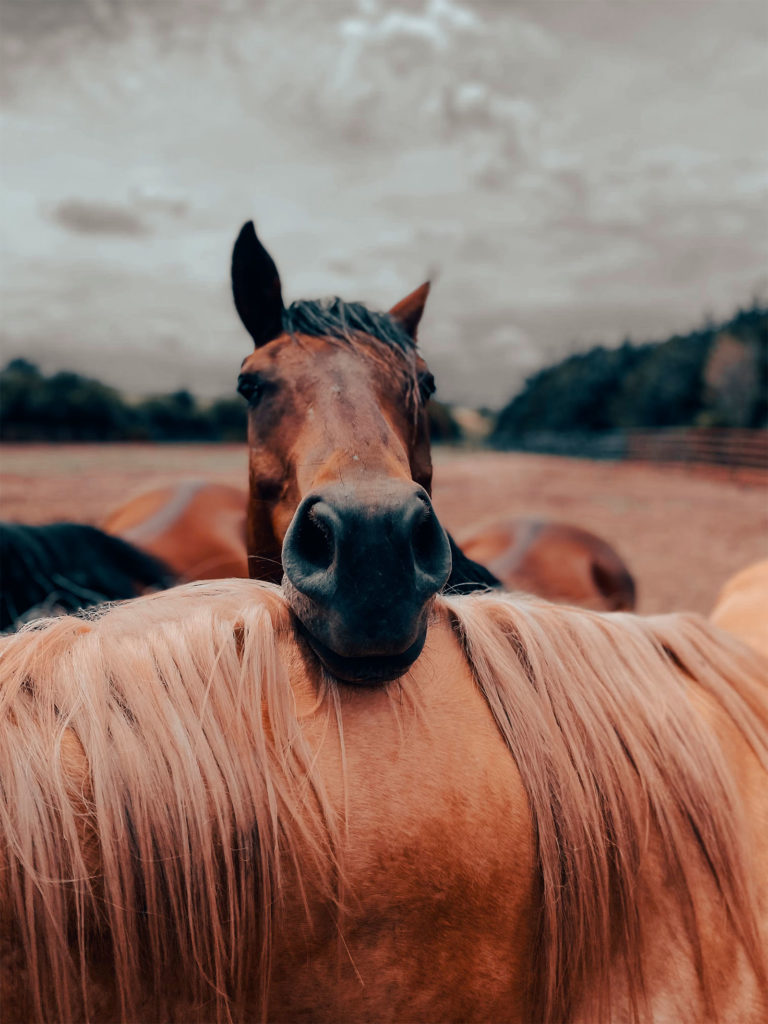
The integration of riding with local traditions and ecological practice
Horse riding in the Camargue is not isolated from the region’s other economic and cultural activities. Many manades also breed Camargue bulls, used in course camarguaise, a bull-ring tradition practiced without killing the animal. Gardians, the local horsemen, still work herds on horseback using techniques passed down for generations. Visitors can attend ferrades, where young bulls are branded and horses are trained. Some riding centers offer combined experiences: half-day rides followed by bull herding demonstrations or regional meals based on taureau AOP (bull meat protected by designation of origin).
Ecotourism is strictly controlled by the Parc naturel régional de Camargue, which supervises land use, breeding practices, and tourist activity. It is illegal to ride in protected wetlands without authorization, and guides must hold licenses approved by regional authorities.
Participating in horse riding in Camargue thus requires awareness and respect of the land’s constraints. It is not a passive entertainment, but a structured and responsible way of engaging with a functional and inhabited region. Unlike stylized riding shows or petting-zoo experiences, the Camargue riding scene reflects the complexity of a delta that is economically active, ecologically fragile, and socially rooted in its horse culture.
XperienceFrance is your travel specialist in France.
